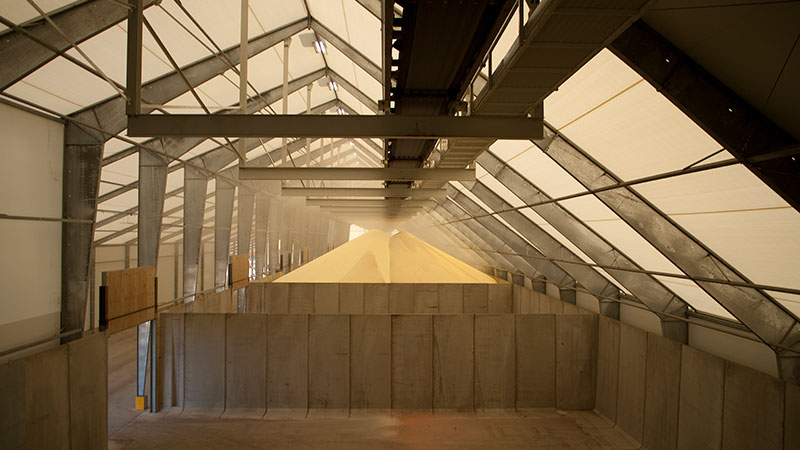New Tools Help Farmers Plan Their Manure Spreading Activity
Soil and water conservation experts at the University of Wisconsin-Madison have teamed with meteorologists to create a set of online, technology-based tools that can help farm producers determine the best times for spreading manure. The Wisconsin Manure Management Advisory System was developed in response to some major manure runoff events in the past. A key piece of the system is a runoff risk advisory forecast, which uses information on recent rainfall and upcoming weather events to help farmers time manure application to coincide with the most suitable soil conditions.
“We like to consider manure as a resource and not as a waste product,” says John Panuska, a faculty associate of the Department of Biological Systems Engineering at the UW-Madison, who helped develop the system. “Losing that material to a rainfall or snow melt event as a result of runoff makes it an environmental risk.”
The risk advisory forecast highlights the degree of risk across the state on a map of Wisconsin watersheds. A watershed that’s at high risk for runoff on a given day is colored red. Farmers can click through the risk for next three days during the non-snow melt period and the next 10 days during snow melt conditions. A grower can use this information to plan to apply manure when the risk of runoff is lowest.
The forecasting system combines data from the National Weather Service Forecasting Center in the Twin Cities with computer models of each of Wisconsin’s watersheds. The systems’ creators calculated thresholds for each watershed that give a reasonable prediction of when runoff is going to occur.
With over 3.5 million head of cattle, Wisconsin is rich in manure resources, which means livestock producers need to be savvy manure managers.






